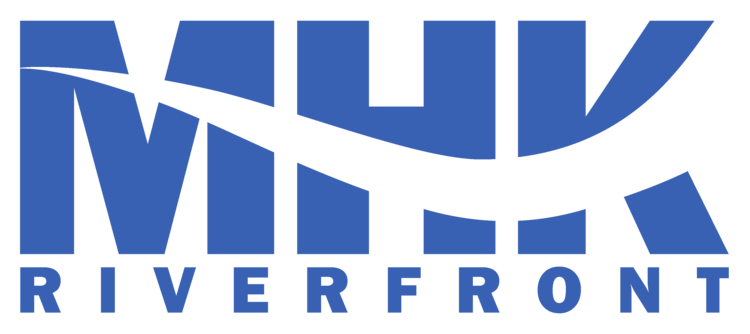Place Through Play
Spenscer Andresen
Place Through Play aims to use play and learning as means to connect children to the Kansas River. Using different play areas that reflect natural environments along the river, children will enjoy learning about the systems in the river corridor as well as gaining a sense of place in this dynamic system. The central play area is designed with the intent of reflecting the prairie, sandbars, log jams, and tree canopies using natural materials to create a fun and exciting nature playground. The outdoor education area has a constructive village, outdoor classroom, and river pier that can be enjoyed in conjunction with the Discovery Center or by a family that simply wants to enjoy the outdoors. These spaces were designed to aid in children’s cognitive development by providing spaces that allows for exploratory, constructive, and dramatic play aiding in their mental growth.
Figure 10.1
This section shows the relationships between the three spaces found in the outdoor education area. (Not to scale)
Figure 10.2
The Log Jam area uses natural play features like logs and rocks to create structures to climb and slide down. The space also provides a setting that allows their energy and imagination to be expressed. The inclusion of plantings and trees with the natural play further strengthens the children’s connection to nature.
Figure 10.3
The spaces are designed to increase social interactions, allowing for freedom of movement between each play area, which gives children choices in how they play. The spaces were also designed to accommodate parents by providing shady seating areas that allow them to keep their children in view but also relax.
Figure 10.4
Figure 10.5
References
Figure 10.1
Computer Aided Design, TRIMBLE SKETCHUP, (Trimble, Sunnyvale, CA, 1978). “Manhattan, KS.” 39.173794, -96.553645. GOOGLE MAPS. 2017. April 22, 2017.
Figure 10.2
Computer Aided Design, TRIMBLE SKETCHUP, (Trimble, Sunnyvale, CA, 1978).
Figure 10.3
Computer Aided Design, TRIMBLE SKETCHUP, (Trimble, Sunnyvale, CA, 1978). “Manhattan, KS.” 39.173794, -96.553645. GOOGLE MAPS. 2017. April 22, 2017.
Figure 10.4
Computer Aided Rendering, LUMION, (Act-3D, Warmond, Th e Netherlands, 1998).
Figure 10.5
Computer Aided Rendering, LUMION, (Act-3D, Warmond, Th e Netherlands, 1998).Lockhart, Shannon. “Play: An Important Tool for Cognitive Development.” Highscope: Extensions 24.3 (2011): 1-17. Commerce Childrens Center. Highscope Foundation. Web. 3 Mar. 2017. <http://www.commercechildrenscenter. com/pdffi les/pdfs_only/Play_A_Tool_for_Cognitive_Development.pdf>.McLeod, Saul. “Jean Piaget.” Simply Psychology. N.p., 01 Jan. 1970. Web. 07 Mar. 2017. <https://www.simplypsychology.org/piaget.html>.Nielsen, Keld Stehr. “Dynamical Explanation in Cognitive Science.” Journal for General Philosophy of Science / Zeitschrift Für Allgemeine Wissenschaft stheorie 37.1 (2006): 139-63. JSTOR. Web. 07 Mar. 2017. “Pedagogic Th eory.” (n.d.): n. pag. HEAcademy. Th e Higher Education Acadmey. Web. 7 Mar. 2017. <https://www.heacademyac.uk/system/fi les/resources/pedagogic_theory_0.pdf>.






